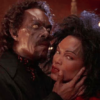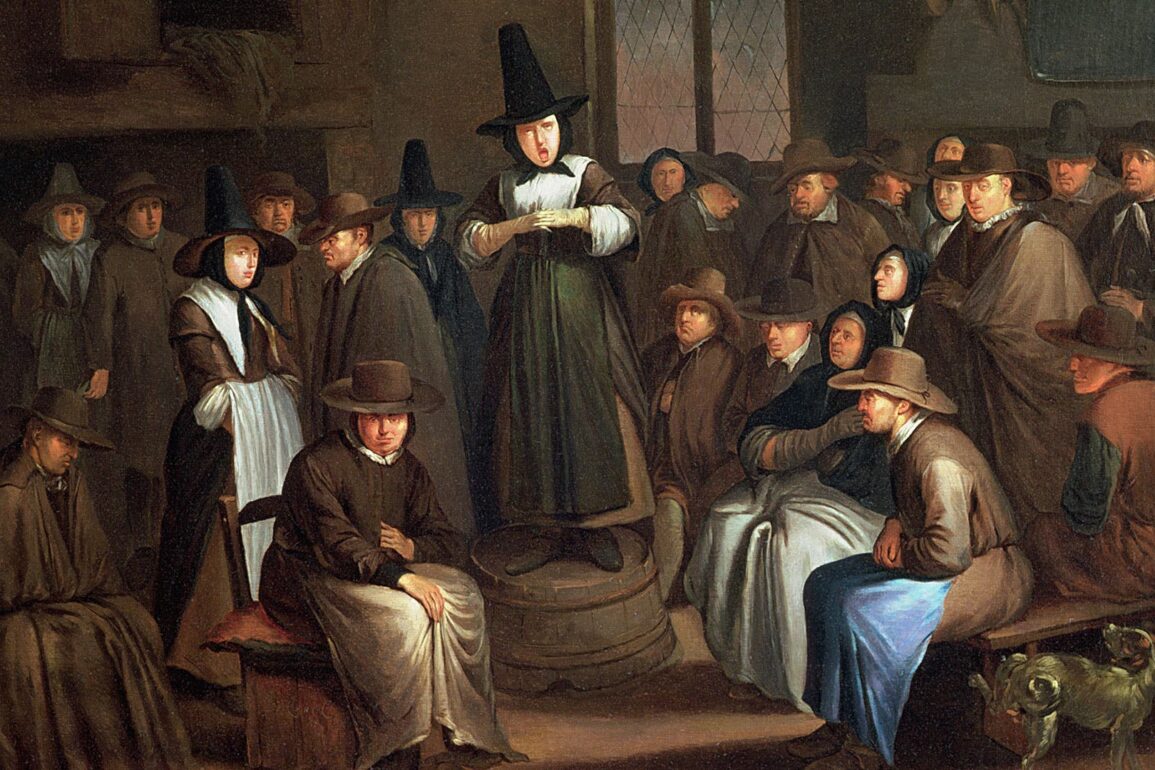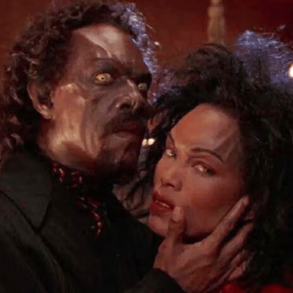America’s obsession with witches is older than the country itself. At first, it was rooted in fear, fueling false accusations of witchcraft, including those that led to the Salem witch trials. Beyond the courtroom, witches have been a steady presence in American culture through folk legends and local lore, fairy tales, Halloween traditions, and eventually, television and films.
Over time, a singular witch archetype emerged in American popular culture—the pointy hat, broomstick, black cat, and so on—and hasn’t changed much since people began dressing up as witches for Halloween more than a century ago.
But where does this imagery come from? Like the characters themselves, the origins and history of the witch costume are complicated.
Black, Pointy Hat
The most instantly recognizable part of a witch costume is a black, conical, pointy-tipped hat. Like every other piece of standard witch attire, the hat likely has roots in multiple cultures and eras.
Some trace the witch hat to a style associated with Quaker women. Throughout most of the 17th century, women of all social classes wore tall, black, wool felt hats, which Abby Cox, a dress historian, says was considered normal fashion at the time. These wide-brimmed, black, conical hats peaked in popularity in the mid-1600s, which also happened to be when a new Christian denomination known as the Religious Society of Friends, or Quakers, was founded in England.
A Quakers Meeting, painted by Egbert Ivan Heemskerck, circa 1685 (oil on canvas).
The Quakers’ beliefs were considered radical at the time: especially the idea that women and men were spiritual equals, and that women were permitted to be preachers. Because they were seen as outsiders, and their views and practices were considered a threat to the British monarchy and the Church of England, Quakers faced persecution and imprisonment, while Quaker women in particular were accused of witchcraft.
In her 1901 book, The Quaker: A Study in Costume, historian Amelia Mott Gummere—herself a practicing Quaker—noted that 17th century “preaching women” who faced “witchcraft persecutions” wore pointed hats (with caps underneath), aprons and high-heeled shoes.
At a time when women outside of the monarchy were rarely in the public eye—and therefore, seldom represented in book illustrations and other art—this image of Quaker women, and the clothes they wore, stuck.
“Almost all of the earliest prints of the Quaker women who preach show them dressed in this cap and hat,” she writes. “It is impossible, in examining any of these pictures, to avoid the suggestion that here is the hat of the conventional witch of our childhood.”
Another explanation traces the witch hat’s origins to a pointed cap Jewish men wore in some regions of medieval Europe. At first, they did so willingly, but that changed after 1215, when Jews in some parts of the continent were forced to wear a “Judenhut” following a papal decree requiring Jews to wear an identifying item of clothing when appearing in public. Jews were depicted wearing these conical hats in continental European medieval art, and through at least the 16th century.
It’s not, however, typically seen in images from England, as Jews had been expelled from the kingdom in 1290. That changed in 1656, when Oliver Cromwell permitted Jews to return to England to resettle: an event that happened to coincide with the formation of a new religious group also facing suspicion and persecution—the Quakers.
“It wasn’t that Jews and Quakers were both separately accused of witchcraft: the demonization of witches through anti-Jewish stereotyping had already happened, and now it was being reused,” says Vi, a fashion historian who shares her research on her YouTube channel, SnappyDragon. “When the push to portray Quaker women as witches got going, applying this familiar antisemitic witchy imagery was an efficient way to do it, especially in context with the panic over Jewish resettlement and Quaker support for it.”
Black Dress
Though Glinda the Good Witch from The Wizard of Oz and the Sanderson sisters in Hocus Pocus had colorful wardrobes, the base of the standard witch costume is typically a black dress, cloak or robe.
“Historically, healing women and others who would later be called witches would wear what everyone else in their village community did—homemade clothes that were made to be functional,” says Katherine Walker, an assistant professor of English specializing in the history of magic and 16th- and 17th-century culture at the University of Nevada, Las Vegas.
“In the medieval period and beyond, these clothes would feature cloaks or hoods. So it’s very likely that, in terms of dress, witches at first were not visually distinct from their neighbors.”
It didn’t take long, however, for these once-common garments to be affiliated with witches. “The connection with a black dress in particular is probably the result of the association of the color black with the devil and ‘black magic’ throughout the Renaissance,” Walker explains.
Prominent Nose
Similar to the way black conical hats immediately communicate that a character or costumed person is supposed to be a witch, prominent pointy, crooked, or hooked noses traditionally have been used to convey that a witch is meant to be seen as “evil” or “wicked.” This visual shorthand began long before Margaret Hamilton donned a sponge-rubber prosthetic nose and chin to play the Wicked Witch of the West in the 1939 film version of The Wizard of Oz.
“In medieval Europe, witches and Jews were both seen as threats to ‘good’ Christian society and the existing power structure, and therefore, [were] persecuted when the opportunity arose,” says Vi. “There was some overlap in the imagery [of Jews and witches], because you see a lot of [physical characteristics associated with witches] that were also stereotypes applied to Jews, before, during, and after the medieval period.”
This was the case with “aquiline” or “hooked” noses, which were used to depict both Jews and witches, Vi explains. “This nose, which has been found to be a more broadly Mediterranean trait, was something that was used to signify differences between Jews living in Western or Eastern Europe and their non-Jewish neighbors who wouldn’t have had that Mediterranean ancestry,” she says.
When witches, Jews and other groups, like the Romani, were portrayed with these noses, it was far from a neutral representation. “A huge amount of antisemitic imagery uses exaggerated aquiline noses as a visual identifier for Jews, connecting Jewishness with ugliness, greed and all sorts of other undesirable characteristics,” Vi explains in a video. “In Western European beauty standards, prominent or curved noses have long been considered ‘ugly’ at best.”
Green Skin
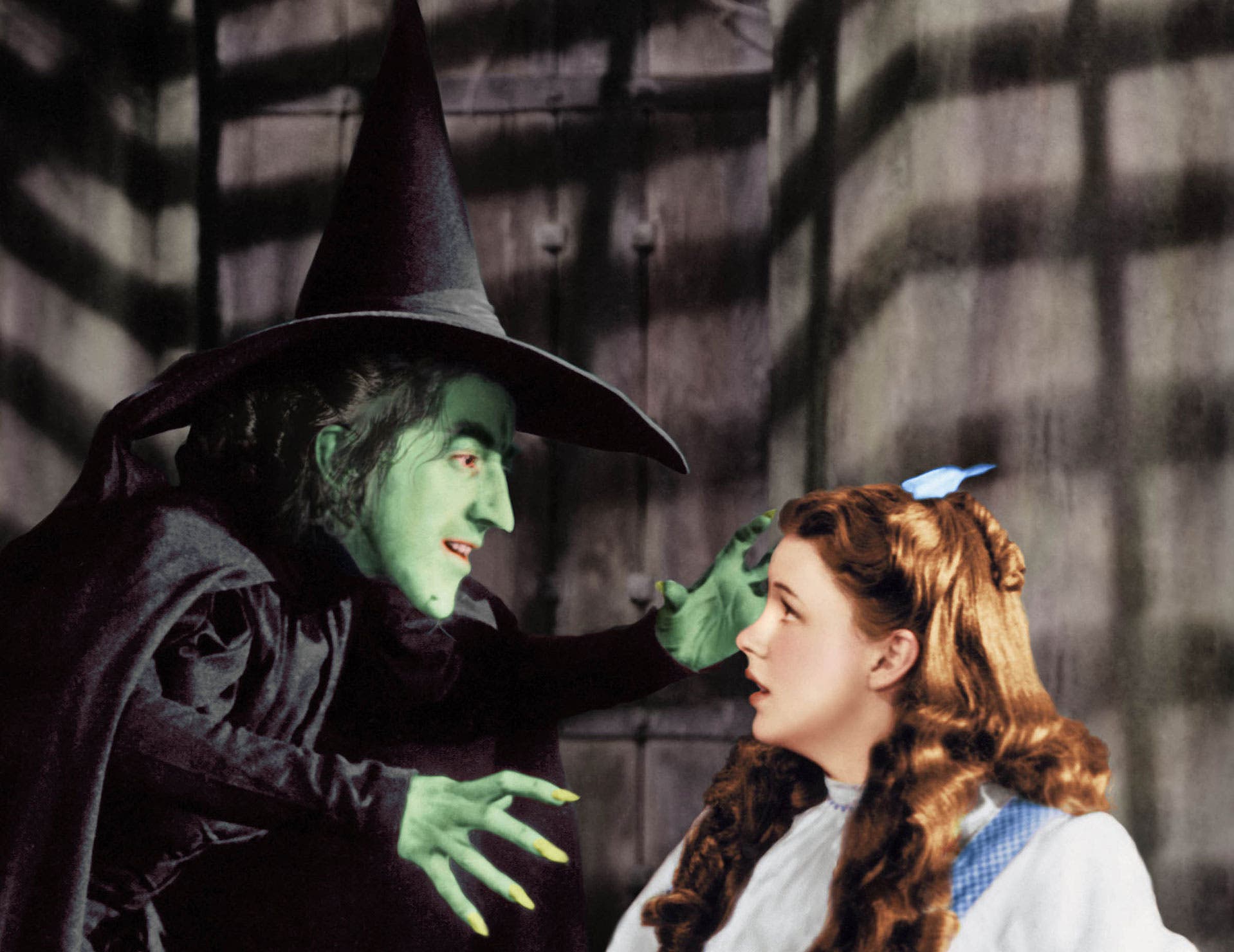

Margaret Hamilton (1902 – 1985) as the Wicked Witch and Judy Garland (1922 – 1969) as Dorothy Gale in ‘The Wizard of Oz’, 1939.
In addition to long, pointy noses, witch costumes often include other signature facial features, like green skin. “Green is another color that has historically been associated with the Devil and other forms of evil,” says Walker. “But the specific association of green skin and witches didn’t actually come about until the 1939 film, The Wizard of Oz.”
In L. Frank Baum’s book The Wonderful Wizard of Oz, published in September 1900, the illustrations of the Wicked Witch of the West were in black and white, and the color of her skin wasn’t mentioned.
However, when Metro-Goldwyn-Mayer decided to film The Wizard of Oz in Technicolor, studio executives encouraged set designers, makeup artists, and costume designers to use as much color as possible—not only to take advantage of the technology, but also to help differentiate between the sepia-toned scenes in Kansas, and the highly saturated land of Oz. This included giving the Wicked Witch of the West green skin. At the beginning of production, Hamilton participated in multiple screen tests to determine which shades of green makeup were most visible in Technicolor.
Prior to the 1939 film, most pop culture witches had pale Caucasian skin, though some associated with Halloween—including those featured on postcards and decorations for the holiday—were depicted with red, orange, or yellow faces.
Wrinkled Face
According to 15th and 16th-century texts about witchcraft, technically, anyone could be a witch, but most were women, as they were considered far more impressionable, and therefore susceptible to the devil’s influence than men. This was thought to be especially true of older women, who were seen as particularly vulnerable to demonic attacks.
“Of course, it’s true that witches were thought to be a range of different ages, but eventually the stereotype of the old witch or ‘hag,’ who would have warts and wrinkles developed,” says Walker, noting that this can be seen in art, like Albrecht Dürer’s “The Witch,” an engraving from around 1500.
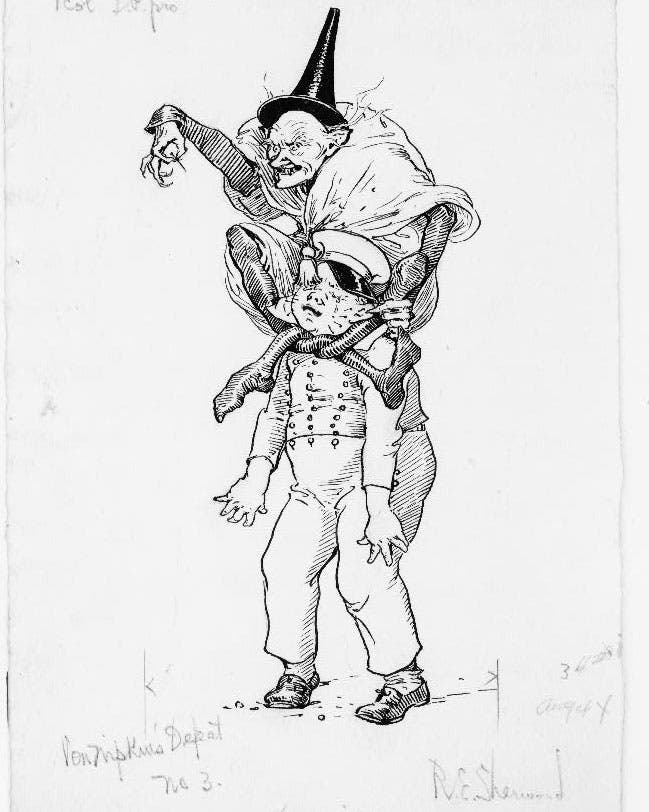

An 1888 ink drawing of a witch atop a school boy by R.E. Sherwood.
Similarly, an illustration (above) from the August 1888 issue of Harper’s Young People portrays a witch of advanced age, along with other now-standard traits, like unruly hair, a black conical hat, and a long, pointy nose. What’s perhaps the most influential image of a witch as an older woman came nearly 50 years later in Disney’s 1937 animated film, Snow White and the Seven Dwarfs, when the striking Evil Queen was transformed into a saucer-eyed, white-haired crone with missing teeth, and a long, hooked nose with a massive wart.
Warts
According to Walker, the idea that witches have warts and other marks on their bodies arises from the concept of the “witch’s mark,” or the spot on a witch’s body where she would feed her demonic familiar: likely a cat, toad or other small pet. “In the infamous [1487] manual for how to identify witches, titled Malleus Maleficarum, the authors specify that a suspected witch’s body should be searched to find any unusual mark, which could then serve as ‘evidence,’” she says.
Like green skin, this is another example of how the 1939 film version of The Wizard of Oz solidified the stereotypical image of a witch: a wart sprouting horse hairs was built into Hamilton’s prosthetic chin.
Pointed-Toe Shoes or Boots
If a witch costume includes footwear, there’s a good chance that it’s a pair of black shoes or boots with a pointed tip. Officially known as “poulaines”—a word that evolved from the French term “from Poland”—these sharp shoes were all the rage in Europe from the 14th to 16th centuries. However, like many fashion trends, poulaines weren’t without controversy.
According to Andrew Millar of the Museum of London, the Catholic (and later Anglican) Church regarded the pointed toes of the shoes as phallic, and “contributing directly to people’s sexual proclivities.” The Church also thought that poulaines’ long points made it impossible for the wearer to kneel, and, as a result, prevented them from praying, earning them the nickname “Satan’s Claws” among priests.
It’s unclear when, exactly, pointy shoes were designated as witch’s footwear. However, the link is unsurprising, given their association with the devil in medieval Europe, and the fact that dressing up in Halloween costumes started to take off in the United States in the early 20th century, when it was common for women to wear black, block-heeled, lace-up boots with an elongated toe.
The Cauldron
During the Renaissance, large cooking pots that hang or sit over an open fire, known as cauldrons, were used to cook meals and prepare household medicines, says Walker. “But the vessel takes on sinister connotations in the period’s art and literature, when witches use the cauldron to make noxious poisons,” she explains.
“Shakespeare’s Weird Sisters in Macbeth likely did much to popularize the association of witch and cauldron. Their famous lines ‘double, double toil and trouble; / Fire burn and cauldron bubble’ have certainly shaped the image of the witch over the cauldron in our literature, art, and film.”
By the early 20th century, cauldrons had become a key Halloween accessory, used both as part of a witch costume, or as a festive decoration.
This post was originally published on this site be sure to check out more of their content.



